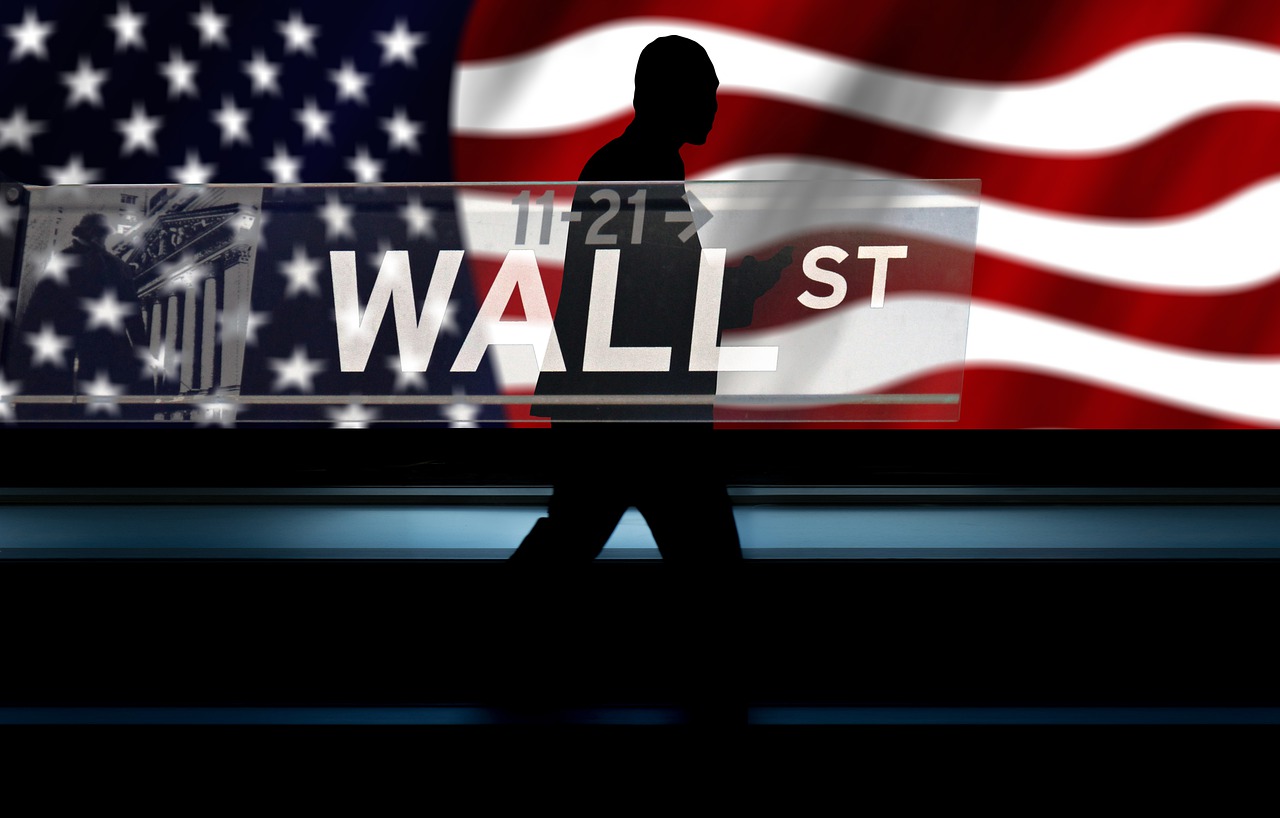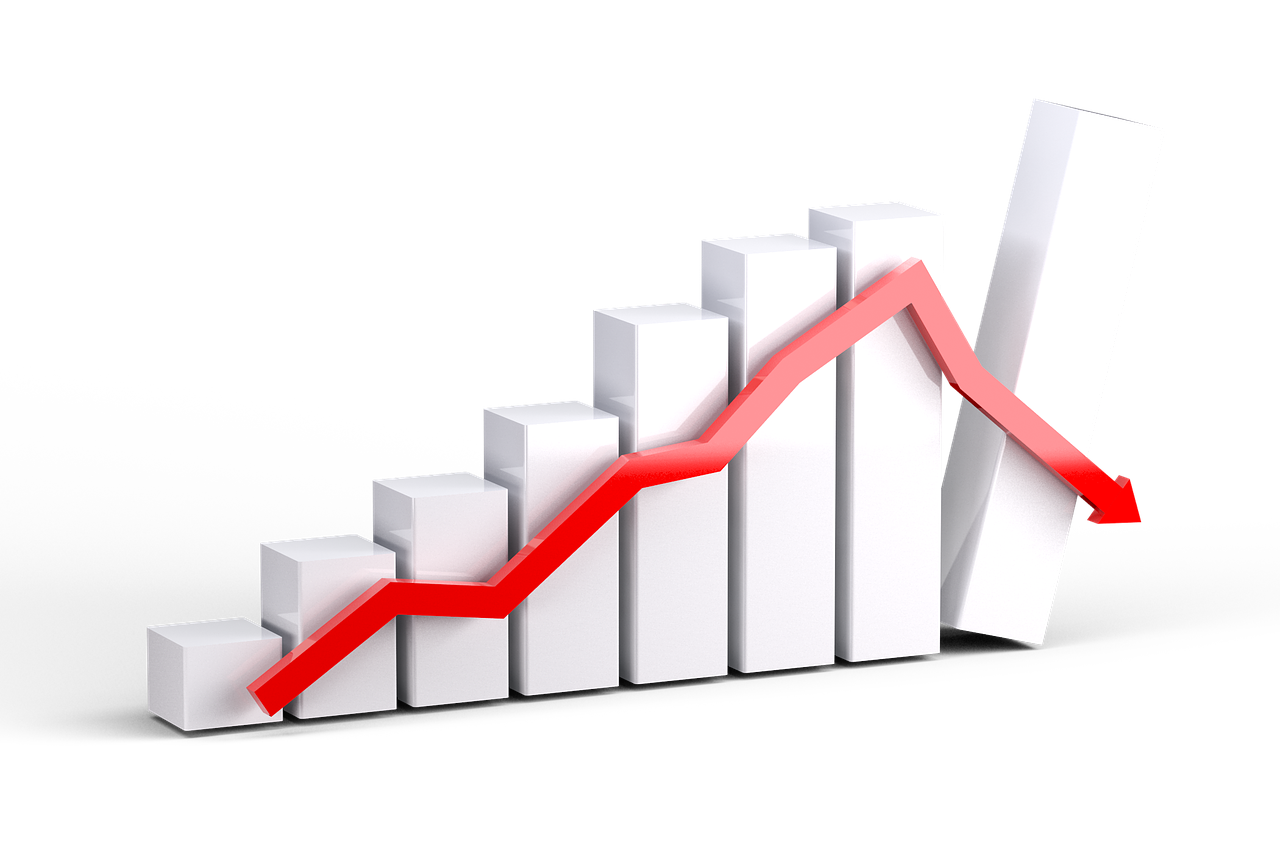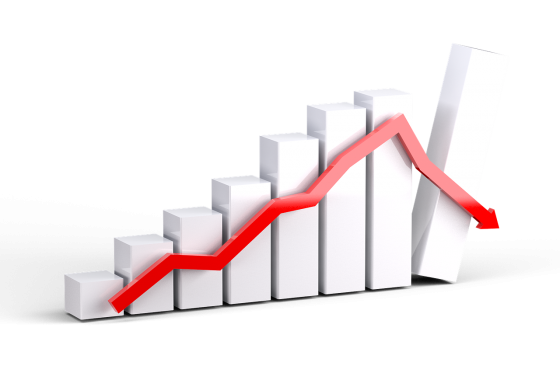 Stock prices are not going to stay this high. Everyone can see that we are in a stock market bubble that does not have any parallel in all of U.S. history, and everyone can see that the end of that bubble is approaching. The only debate is about how fast and how far the eventual fall will be. For the first time ever, the ratio of U.S. stock prices to U.S. GDP has reached 200 percent. In other words, the total value of U.S. stocks is now twice as high as the value of all U.S. economic output for an entire year. To get an idea of how crazy this is, just check out this chart. Historically, the ratio of U.S. stock prices to U.S. GDP is normally under 100 percent, and so if all stock prices were cut in half U.S. stocks would still be overvalued. That is how extreme this bubble has become.
Stock prices are not going to stay this high. Everyone can see that we are in a stock market bubble that does not have any parallel in all of U.S. history, and everyone can see that the end of that bubble is approaching. The only debate is about how fast and how far the eventual fall will be. For the first time ever, the ratio of U.S. stock prices to U.S. GDP has reached 200 percent. In other words, the total value of U.S. stocks is now twice as high as the value of all U.S. economic output for an entire year. To get an idea of how crazy this is, just check out this chart. Historically, the ratio of U.S. stock prices to U.S. GDP is normally under 100 percent, and so if all stock prices were cut in half U.S. stocks would still be overvalued. That is how extreme this bubble has become.
Other key valuation measures also indicate that stock prices have gotten wildly out of balance. The following example comes from a Motley Fool article entitled “Here’s Why You Should Expect a 20% Stock Market Crash in 2021”…
Looking back 150 years, the S&P 500 has averaged a Shiller P/E of 16.78. Admittedly, the Shiller P/E ratio has been a lot higher over the past 25 years. The advent of the internet has broken down information barriers for retail investors, and historically low lending rates for more than a decade have fueled borrowing and lit a fire under growth stocks.
But as of Feb. 3, the Shiller P/E for the S&P 500 was knocking on the door of 35 — more than double the long-term average. To put this figure into some context, there have only been five periods in history where the Shiller P/E ratio topped 30 and stayed there during a bull market run. Two of these events — the Great Depression and dot-com bubble — led to some of the biggest pullbacks ever witnessed in equities. Two other events (not counting the current move) occurred within the past three years, delivering declines of 20% and 34%, respectively, in the S&P 500.
Basically what this is saying is that if stock prices fell by half, the Shiller P/E for the S&P 500 would still be above the long-term average.
So if the market only falls by 20 percent this year as that Motley Fool article is suggesting, we should consider ourselves to be extremely fortunate.
We have never seen anything like this before. The bubble that we are in now absolutely dwarfs the epic stock market bubbles of 1929 and 2000. Stock market mania has gripped the entire nation, and all sorts of people have been getting rich, at least on paper.
But many Wall Street veterans that have been watching all of this transpire have become extremely concerned. The following comes from a Forbes article entitled “Is The Stock Market About To Crash?”…
‘Very, very concerning’ echoes of the 90s dot-com bubble are being heard loud and clear by nervous market experts. A 12-year-old bull market; SPAC mania; IPOs that more than double on the first trading day; an army of amateur traders and GameStop mania. It certainly feels like irrational exuberance–and it triggers alarms for those who remember the dot-com bubble of the late 1990s. “The parallels we have today are historically very, very concerning,” notes Jim Stack, president of Whitefish, Montana’s InvesTech Research and Stack Financial Management. “The current froth is the icing on the cake, and when you look through it, you see a lot of other underlying issues.”
In this sort of environment, videos by kids on YouTube showing people how to make a million dollars by day trading stocks get hundreds of thousands of views.
If you have been able to make a lot of money by playing the stock market, good for you.
Just make sure that you get out in time.
Every other stock market bubble in U.S. history has ended badly, and as John Hussman recently noted, this is our generation’s moment of peak financial insanity…
Nothing so animates a speculative herd as a parabolic price advance in an asset detached from any standard of value. I am convinced that future generations will use the present moment to define the concept of a reckless speculative extreme, in the same way our generation uses “1929” and “2000.”
So just how far does Hussman think the market could ultimately fall?
Well, he believes that stock prices would have to drop 65 to 70 percent just to get back to historical norms…
Understand how extreme current valuations have become. In order to simply touch run-of-the-mill historical valuation norms, the S&P 500 would have to lose somewhere in the range of 65-70% over the completion of this cycle.
Stock prices always, always, always get back to their historical averages eventually.
It is just a matter of time.
However, we should hope that a stock market crash can be put off for as long as possible, because a truly catastrophic stock market crash would cause far more economic pain than we have experienced so far.
Our system simply would not be able to handle a decline of 50 percent or more in stock prices. It would essentially mean the end of our financial system as we know it today, and that is something that nobody should want.
The good news is that I do not expect a stock market crash within the next 30 days unless some sort of major “trigger event” comes along.
Stocks may go down, but for the moment I expect at least a short-term period of relative stability.
But that short-term period of relative stability will not last very long at all, and I fully expect 2021 as a whole to be a very, very painful year.
***Michael’s new book entitled “Lost Prophecies Of The Future Of America” is now available in paperback and for the Kindle on Amazon.***
About the Author: My name is Michael Snyder and my brand new book entitled “Lost Prophecies Of The Future Of America” is now available on Amazon.com. In addition to my new book, I have written four others that are available on Amazon.com including The Beginning Of The End, Get Prepared Now, and Living A Life That Really Matters. (#CommissionsEarned) By purchasing the books you help to support the work that my wife and I are doing, and by giving it to others you help to multiply the impact that we are having on people all over the globe. I have published thousands of articles on The Economic Collapse Blog, End Of The American Dream and The Most Important News, and the articles that I publish on those sites are republished on dozens of other prominent websites all over the globe. I always freely and happily allow others to republish my articles on their own websites, but I also ask that they include this “About the Author” section with each article. The material contained in this article is for general information purposes only, and readers should consult licensed professionals before making any legal, business, financial or health decisions. I encourage you to follow me on social media on Facebook, Twitter and Parler, and any way that you can share these articles with others is a great help. During these very challenging times, people will need hope more than ever before, and it is our goal to share the gospel of Jesus Christ with as many people as we possibly can.

















